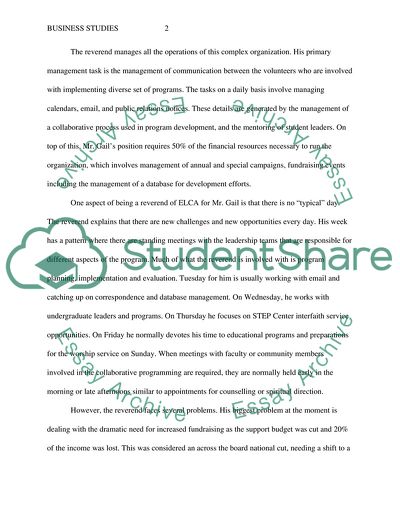Cite this document
(“Organizational Environments and Culture Essay Example | Topics and Well Written Essays - 1500 words”, n.d.)
Organizational Environments and Culture Essay Example | Topics and Well Written Essays - 1500 words. Retrieved from https://studentshare.org/social-science/1683690-name-your-own-topic
Organizational Environments and Culture Essay Example | Topics and Well Written Essays - 1500 words. Retrieved from https://studentshare.org/social-science/1683690-name-your-own-topic
(Organizational Environments and Culture Essay Example | Topics and Well Written Essays - 1500 Words)
Organizational Environments and Culture Essay Example | Topics and Well Written Essays - 1500 Words. https://studentshare.org/social-science/1683690-name-your-own-topic.
Organizational Environments and Culture Essay Example | Topics and Well Written Essays - 1500 Words. https://studentshare.org/social-science/1683690-name-your-own-topic.
“Organizational Environments and Culture Essay Example | Topics and Well Written Essays - 1500 Words”, n.d. https://studentshare.org/social-science/1683690-name-your-own-topic.


